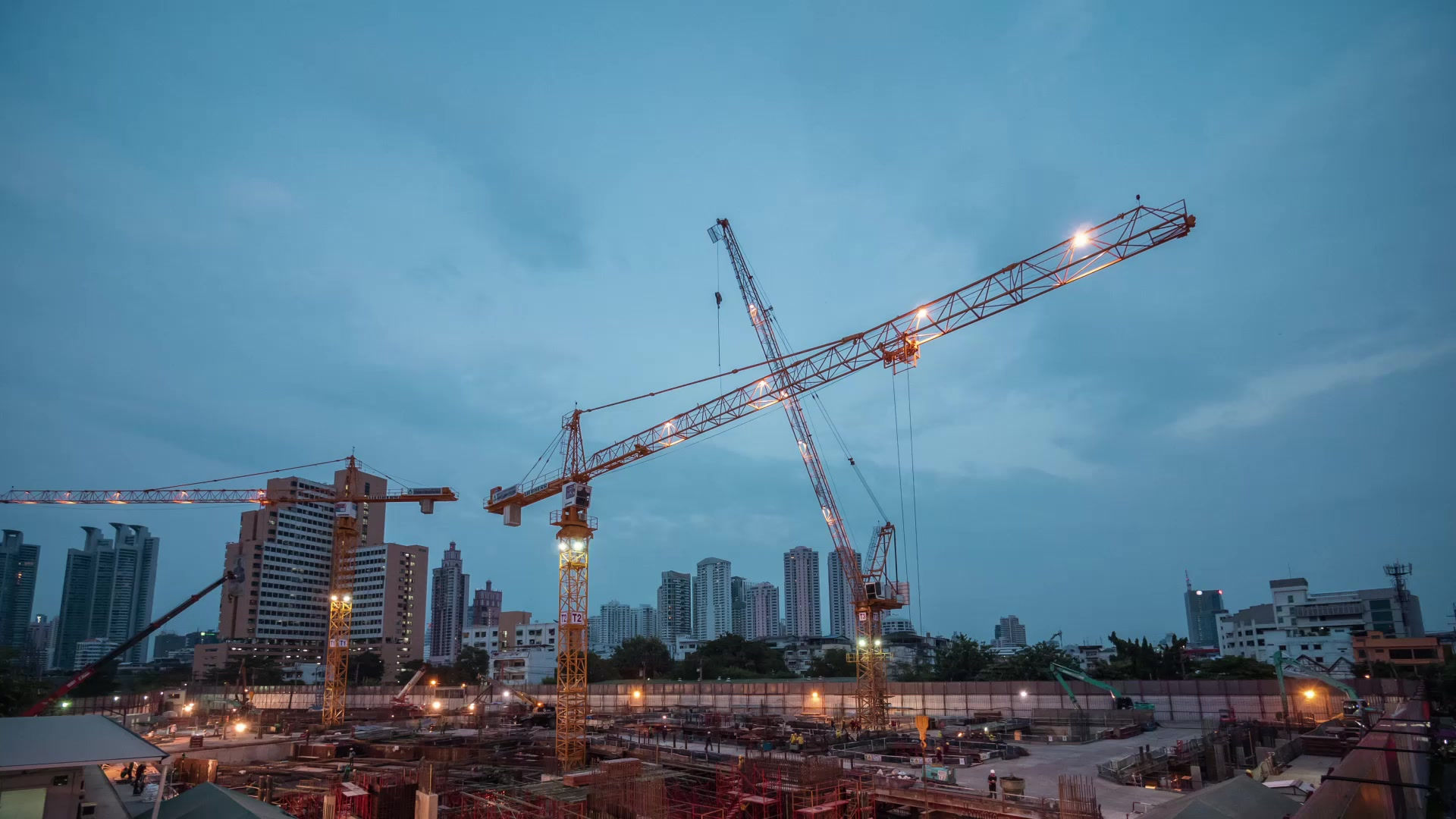Avoid These Common Tiling Mistakes: Expert Tips from ABM Tiling, London’s Premier Tiling Contractors
- Andy Mcnicol

- May 8
- 4 min read
Tiling is more than just laying down tiles—it’s a craft that requires precision, planning, and attention to detail. For main contractors in Greater London, getting it right is essential for delivering high-quality projects that meet client expectations. However, even the most experienced professionals can fall into common tiling pitfalls that can lead to costly repairs and dissatisfied clients. At ABM Tiling, London’s premier tiling contractors, we’ve seen these mistakes firsthand and know how to avoid them.
In this blog post, we’ll share expert tips on common tiling mistakes and how to steer clear of them, ensuring your next project is a success.
1. Neglecting Surface Preparation

One of the most frequent tiling mistakes is skipping proper surface preparation. Whether you’re tiling a floor or a wall, the surface must be clean, level, and free of debris. Dust, grease, or unevenness can prevent tiles from adhering properly, leading to cracks or loose tiles over time.
How to Avoid It: Always clean the surface thoroughly with a degreaser or sugar soap. For walls, remove any nails, screws, or protrusions. If the surface is uneven, use a self-leveling compound to create a smooth base. This step is crucial for ensuring a professional finish.
2. Using the Wrong Adhesive
Choosing the right adhesive is vital, but it’s easy to get it wrong. Different tiles and environments require specific adhesives—waterproof for bathrooms, flexible for large-format tiles, and so on. Using the wrong type can result in poor adhesion or even tile failure.
How to Avoid It: Consult with experts like ABM Tiling to select the appropriate adhesive. For wet areas, always use waterproof adhesive to prevent water damage.
3. Poor Layout Planning

A well-planned layout is key to a seamless tiling job. Starting from the wrong point or failing to account for symmetry can lead to uneven patterns and a subpar finish.
How to Avoid It: Measure the area carefully and plan the layout, starting from the centre of the room for symmetrical designs. Use spacers to maintain consistent grout lines and ensure a polished look.
4. Improper Cutting Techniques
Cutting tiles incorrectly can ruin an otherwise perfect installation. Applying too much pressure or using the wrong tools can lead to cracked or uneven tiles.
How to Avoid It: Use a diamond wet saw for precise cuts, applying steady, even pressure. For intricate cuts, consider using a tile nipper or a manual tile cutter. Always measure twice to avoid unnecessary breakages.
5. Grouting Errors
Grouting is the final touch, but it’s often where mistakes happen. Not cleaning tiles before grouting can leave a hazy residue, while using the wrong grout can lead to staining or mould growth.
How to Avoid It: Clean tiles thoroughly before applying grout. Choose a grout that matches the tile type and area—epoxy for high-traffic zones, cement-based for standard areas. Seal the grout to protect against moisture.
6. Rushing the Setting Time
Tiles need time to bond with the surface. Walking on or exposing them to water too soon can cause them to shift or crack.
How to Avoid It: Follow the manufacturer’s instructions for setting times—typically 24 hours for most adhesives. Keep the area clear of foot traffic and avoid using it until the tiles are fully set.
7. Underestimating Tile Quantity
Ordering exactly the number of tiles needed is a risky move. Breakages during installation or future repairs can leave you short.
How to Avoid It: Always order 10-15% more tiles than calculated. This accounts for breakages, miscalculations, and future replacements, ensuring you’re never caught short.
8. Skipping Sealing

Sealing gaps around fixtures like baths or sinks is often overlooked but critical for preventing water damage.
How to Avoid It: Use a high-quality silicone sealant around all fixtures. Fill the bath or sink first to ensure a proper seal without gaps.
9. Ignoring Leveling
Tiling on an uneven surface without leveling can lead to lippage, where tile edges are not flush, creating trip hazards and an unprofessional look.
How to Avoid It: Use a long level to check the surface. Apply a self-leveling compound if necessary to create a smooth, even base.
10. Poor Cleanup
Leaving grout and adhesive residue can harden, making it difficult to remove and potentially damaging the tiles.
How to Avoid It: Clean as you go, using a damp sponge to remove excess grout before it sets. Clean all tools immediately after use to prevent buildup.
Why Choose ABM Tiling?
At ABM Tiling, we specialise in delivering high-quality tiling solutions for residential and commercial projects across Greater London. With years of experience and a team of skilled professionals, we ensure every project is completed to the highest standards. Our commitment to quality has made us one of London’s top tiling contractors, trusted by main contractors and homeowners alike.
Conclusion
Avoiding common tiling mistakes is essential for achieving a professional, durable finish. By following these expert tips and partnering with experienced London tiling contractors like ABM Tiling, you can ensure your projects are successful and stand the test of time. Contact us today to discuss your next project and let us help you deliver flawless tiling results.

T_edited.png)



Comments